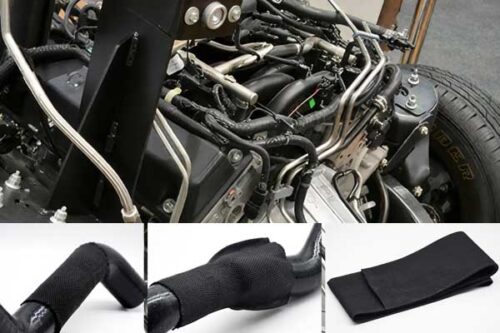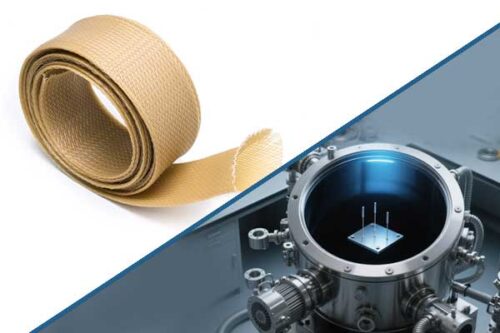Choosing the right terminal blocks for custom wire harnesses or cable assemblies is crucial for ensuring reliable electrical connections. Here are the most important factors to consider:
Power Factor:
Voltage and Current: Select terminal blocks that can handle the voltage and current requirements of your application. Ensure they are rated for slightly higher than the expected load to provide a safety margin.
Wire Size/Wire Gauge:
Compatibility: Ensure the terminal blocks accommodate the wire gauge used in your assembly. Choose a wiring range slightly larger than the actual wire diameter to avoid issues with insertion due to market variations in terminal manufacturing.
Space Constraints:
Physical Size: Consider the available space where the terminal block will be installed. For compact spaces, opt for double-layer or three-layer terminal blocks to maximize efficiency without sacrificing functionality.
Environmental Factors:
Operational Environment: Assess the environmental conditions such as temperature, humidity, dust, and vibration. Choose terminal block conector designed to withstand these conditions to ensure long-term reliability.
Ease of Use: Select screw terminal block that facilitate easy and quick connections and disconnections to reduce labor intensity and improve operational efficiency.

When choosing terminal block for custom wire harnesses or cable assemblies, it’s essential to consider power factors, wire size, space constraints, and environmental conditions. Proper selection ensures reliable electrical connections, ease of maintenance, and longevity of the assembly in its intended application.


